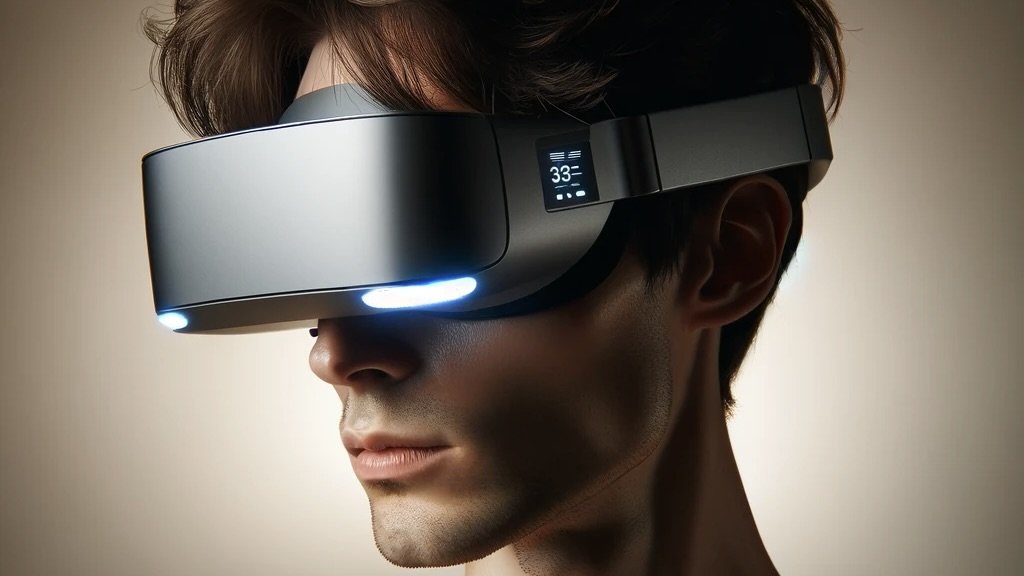Composing this article from Mt. Hood on Apple Vision Pro
My mind was racing as I assertively tugged on the large glass door of my local Apple Store. Despite arriving ten minutes early to my appointment, a friendly employee welcomed me to a demonstration area. The store was nearly empty, and the early morning light was beaming through the south-facing glass facade onto tables full of Apple hardware. As I was seated, a second employee sat a small tray containing my Apple Vision Pro on the table in front of me. The purpose-built tray satisfyingly cradled the contours of the headset. After learning how to pick it up without smudging the glass front, I gently lowered the headset into place. It was oddly anticlimactic, as if nothing happened. I could see the store just as it was a moment ago. Then I remembered that I had a computer in front of my face. I wasn't seeing the room – I was seeing a real-time representation of the room. The illusion worked!
Over 30 minutes, I littered the store with windows, browsed the web on Mt. Hood, and swam with sharks. At one point, a butterfly gracefully flew in front of me and briefly landed on my outstretched hand. As it did, I thought I felt the gentle tickle of its spindly legs. Of course, I didn't actually feel it. It's all a clever illusion, but it's convincing enough that my brain failed to register a difference. As expected for a first-generation product, there were occasionally small cracks in the illusion, but I left impressed.
The demo was a tightly curated experience that matched the device's strengths. How does Apple Vision Pro feel in actual use? Is it a productivity tool or merely a fancy media consumption device?
An Infinite Canvas
In a previous article, I mentioned that Apple Vision Pro did not appear to have a “killer app” at launch; however, I’m starting to think the killer app may be the VisionOS interface itself. The ability to effortlessly scale work beyond the boundaries of traditional displays is profoundly liberating. Apple Vision Pro frees the user from the constraints of the physical world. An infinite canvas is more than just a spatial characteristic; it's a metaphor for these technologies' seemingly boundless potential. Apple Vision Pro forces us to rethink our relationship with computers fundamentally and breaks new ground in workflow management.
Retina Resolution?
One of my primary concerns was resolution. Can Apple Vision Pro resolve text well enough to read for significant periods? While text doesn't appear quite as razor-sharp as it presents on the 5K Studio Display, it’s more than enough for a strain-free reading experience.
It's too early to determine how successful this product will be, but I can't help but feel that we're at the beginning of another pivotal moment in tech, where we fundamentally rethink its role in our lives. Today’s Vision Pro is a preview – a window into the future. The device is slightly heavy, the battery life isn’t what we’ve become accustomed to with Apple products, and visionOS contains a few irritating bugs. Despite these flaws, Apple Vision Pro offers a unique, visceral experience. My excitement for this product transcends the enthusiasm I felt at the release of the original iPhone. Apple Vision Pro reminds me of the wonder I experienced using my first computer, our IBM Personal System/2, as a child. My, how far we’ve come.


